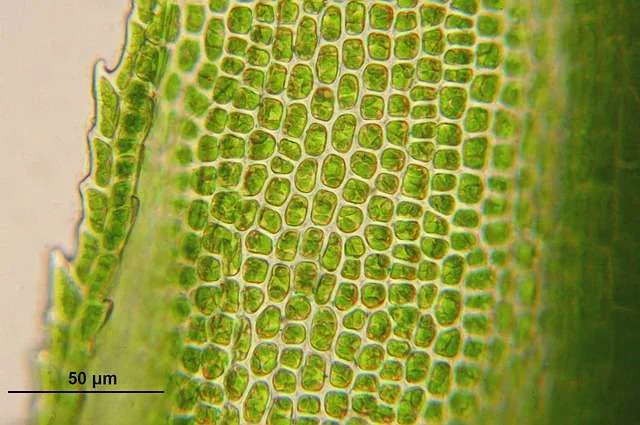Learn Botany – Plant physiology and taxonomy
This Botany course is the first of two courses covering a wide range of plant physiology and taxonomy topics.
What exactly is Botany?
Botany is the scientific study of plants, including their structure, growth, reproduction, metabolism, and ecology. It focuses on understanding how plants interact with their environment and their role in ecosystems. Botany encompasses various branches, such as plant biology, horticulture, and plant physiology, and is essential for advancing fields like agriculture, medicine, and environmental science.
What will I learn?
This course will give you a sound introduction to plant morphology and anatomy with relevance to agriculture, horticulture, environmental and plant science. Discover the roles and functions of plant structures, the naming of plants, plant metabolism, the importance of water and much more.
Who is this course for?
Suitable for: teachers, horticulturalists, gardeners, agriculturalists, crop growers and anyone with an interest in how plants function.
Though it is a stand alone course, in order to fully take advantage of this knowledge pathway, Botany II (Applied Plant Physiology) Course should be studied next.
Botany Course Aims:
- Understand the relationship between the scientific principles of this unit and horticultural practices
- Demonstrate a knowledge of the Plant Kingdom and understanding of the taxonomic hierarchy
- Identify and describe the different types of plant cells and tissues, their structure and function
- Determine the role and function of specific vegetative parts of the plant
- Determine the role and function of the reproductive parts of the plant
- Demonstrate an understanding of the role and function of the seed in the life cycle of the plant
- Explain the mechanism and the role of photosynthesis in the metabolism of plants and relate to plant growth in controlled environments
- Explain the mechanism and the role of respiration in the metabolism of plants
- Demonstrate an understanding of the role of water in the plant
- Review the movement of water, solutes and assimilates through the plant
- Understand the effects of tropisms and other plant movements on growth and development
What will you study?
There are 10 lessons in this course:
1. Taxonomic Classification of Plants
-
- Plant Taxonomy – Botanical/Horticultural Nomenclature
- The Binomial System
- Botanical Classification
- Plant Families and Species
- Hybrids, Varieties and Cultivars
- Botanical Keys – How to use a botanical key
- Key to Plant Groups
- Key to Plant Phyla
2. Cells and Tissues
-
- Plant Cells – types of plant cells
- Plant Tissues
- Primary and Secondary Plant Growth
3. Specific Vegetative Parts of a Plant
-
- Stems – Different Stem Forms
- Leaves – Leaf Structure and Arrangement
- Roots – Root Structure (tap root, adventitious roots)
- Common Botanical Terms
4. Flowers and Fruit
-
- The flower – inflorescence (panicle, umbel, composite head)
- Fruits – Simple, Aggregate, Multiple
- Reproductive Growth and Development
- Pollination
- Fertilization
- Fruit setting
5. Seed and the Developing Embryo
-
- Seed Structure
- Seed Coats
- Food Storage Organs
- Embryo
- Seed Germination – Germination Requirements
- Stimulation and Inhibition of Germination
- Plant Reproduction -Propagation of Plants
6. Photosynthesis and Growing Plants
-
- Photosynthesis – the Photosynthetic Apparatus
- Light transformation into energy
- Photosynthetic process
- Gas Exchange with the Atmosphere
7. Respiration
-
- Stages of Respiration
- Krebs Cycle
- Electron Transport Chain
- Rate of Respiration
- Control of ATP Production in Respiration
8. The Role of Water
-
- Osmosis
- Water Movement from Soil to Root
- Development of Root Pressure
- The Transpiration Stream
- Transpiration and Environmental Conditions
9. Movement of Water and Assimilates through a Plant
-
- Mechanisms of Nutrient Uptake
- Absorption and Transport of Mineral Nutrients
- Translocation of Sugars
- Adaptations for Water Storage
- Food and Water Storage Organs
10. The Effects of Tropisms and Other Growth Movements
-
- Plant Hormones
- Tropisms
- Phototropism
- Geotropism
- Thigmotropism
- Other Growth Movements
- Chemical Growth Modifications

